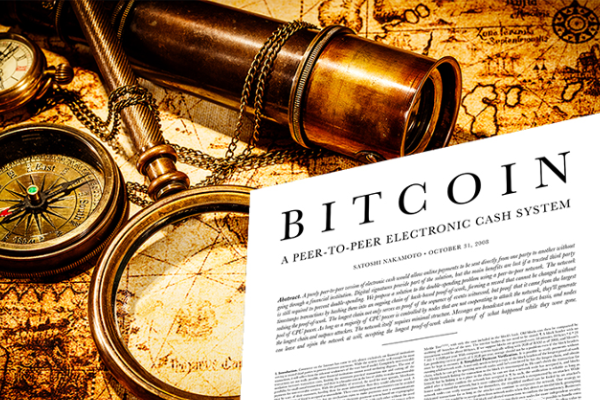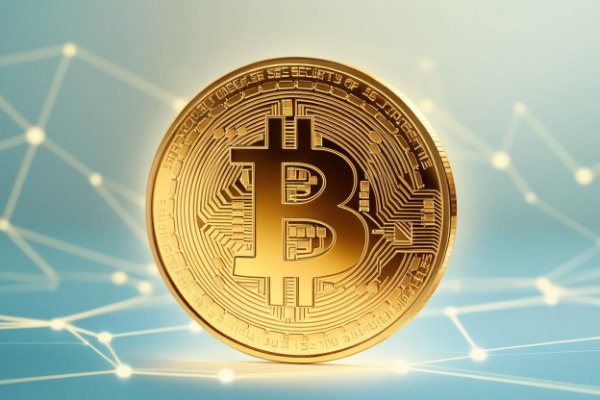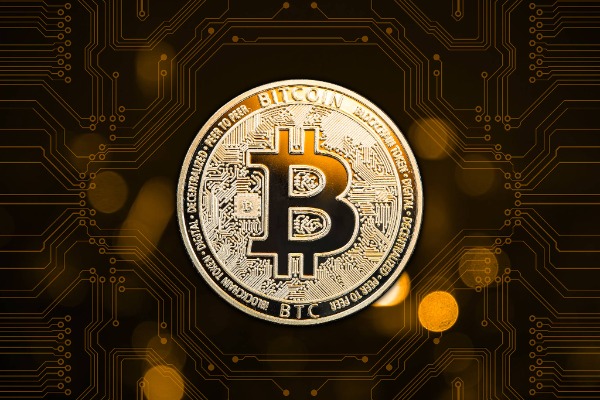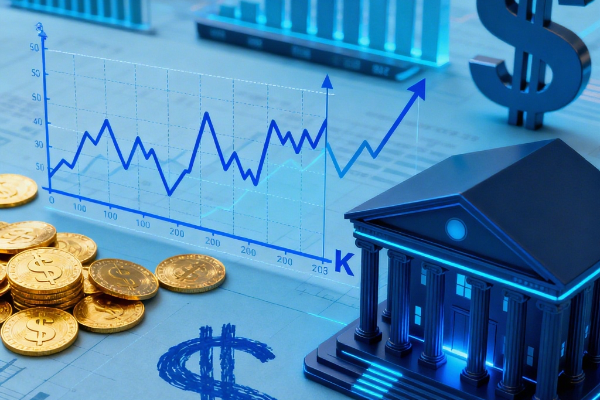What are digital assets?
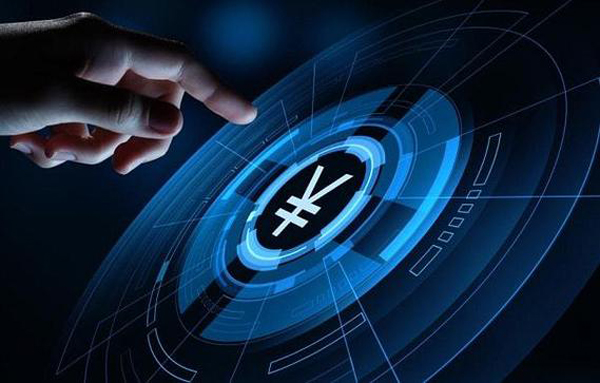
Digital assets exist in the form of code using blockchain technology, and have economic value, tradability and decentralization. It creates economic value directly and indirectly, and management requires the cooperation of policies, regulations, technology and the market. my country's digital asset market is booming and faces challenges and opportunities.
Introduction: With the rapid development of information technology and the widespread popularization of the Internet, digital assets, as an emerging economic form, are gradually becoming an important part of the global economic and financial system. Digital assets, with their unique existence, value attributes and trading methods, are profoundly changing our economic life and social structure. This article comprehensively analyzes digital assets from multiple dimensions such as concept analysis, value embodiment, management strategy and the development status of digital assets in my country.
2. Concept analysis of digital assets
(I) Definition of digital assets
Digital assets refer to assets that use blockchain technology to express digital information in the form of code and transmit, store and trade through the network. This definition emphasizes the digital existence of digital assets, the construction method based on blockchain technology and its circulation characteristics on the network. The essence of digital assets is a string of codes or digital certificates, representing ownership and value, which can be transferred and circulated point-to-point on distributed ledgers such as blockchain.
(II) Characteristics of digital assets
1. Digital existence: Digital assets exist entirely in the form of electronic data and are not dependent on physical form. This feature makes digital assets highly portable and reproducible, but it also places higher requirements on the security of storage and transmission.
2. Economic value: Digital assets have or are expected to have economic value and can be traded in the market or used to exchange for other goods and services. This economic value is the core of the existence of digital assets and the key to their attraction to investors and users.
3. Tradability: Digital assets can be traded and transferred electronically without being restricted by geographical location. This feature makes the transaction of digital assets more convenient and efficient, reducing transaction costs and time costs.
4. Decentralization: Most digital assets, especially those based on blockchain technology, have the characteristics of decentralization. This means that the management and control of digital assets do not rely on centralized institutions, but are jointly maintained by nodes in the network.
III. Value embodiment of digital assets
(I) Direct economic value
Digital assets themselves contain direct monetary value or ownership value and can be traded and circulated on the Internet like physical assets. Cryptocurrencies such as Bitcoin and Ethereum aim to revolutionize the payment and financial systems, and provide investors with a new investment channel and means of payment through decentralization, anonymity, and security. Digital artworks such as non-fungible tokens (NFTs) give digital artworks ownership and scarcity, allowing digital artworks to be traded and collected like traditional artworks.
(II) Indirect economic value
Digital assets can also indirectly create value for enterprises and individuals through their unique technical characteristics and application scenarios. For example, technologies such as digital identity and smart contracts can be applied to multiple fields such as finance, logistics, medical care, and government affairs to improve efficiency, reduce costs, and ensure security. At the same time, the emergence of digital assets has also spawned new business models, such as blockchain-based supply chain management and copyright transactions, which have provided new impetus for the transformation and development of the economy and society.
IV. Management strategies for digital assets
(I) Policy and regulatory level
With the rapid development of digital assets, governments and relevant institutions have issued policies and regulations to regulate the management and trading of digital assets. For example, my country's Ministry of Finance has formulated the "Guiding Opinions on Strengthening Data Asset Management", which clarifies the overall requirements, main tasks and implementation guarantees of data asset management, aiming to promote all people to share the dividends of the digital economy and fully release the value of data assets. For digital assets such as cryptocurrencies, governments of various countries are also constantly exploring and improving the regulatory framework to ensure the safe and orderly development of the digital asset market.
(II) Technical level
The management of digital assets cannot be separated from the support of advanced technologies. Blockchain technology, as one of the basic technologies of digital assets, provides a strong guarantee for the safe storage and trading of digital assets through its decentralized and tamper-proof characteristics. With the continuous development of technologies such as artificial intelligence and big data, the management of digital assets will also become more intelligent and efficient. For example, the use of artificial intelligence technology can be used to intelligently classify, value and assess risks of digital assets, thereby improving management efficiency and accuracy.
(III) Market level
The management of digital assets also requires cooperation and support at the market level. On the one hand, digital asset trading platforms need to establish sound trading rules and regulatory mechanisms to ensure the fairness, justice and transparency of transactions; on the other hand, investors and users also need to improve their risk awareness and investment literacy and rationally participate in the investment and trading of digital assets.
V. Content Classification of Digital Assets
(I) Virtual Currency
Virtual currencies are the most representative category of digital assets. They are a type of digital currency based on blockchain technology that can be used for online transactions or investments. The characteristics of virtual currencies are decentralization, anonymity, and security, which makes them have broad application prospects in certain fields. Virtual currencies such as Bitcoin and Ethereum have become widely accepted means of payment and investment around the world.
(II) Digital Securities
Digital securities are the digital representation of traditional financial assets (such as stocks and bonds). These assets are managed and traded on digital platforms, providing higher liquidity and convenient global investment opportunities. The emergence of digital securities allows investors to trade securities more conveniently, reducing transaction costs and time costs.
(III) Digital Artworks
Digital artworks such as NFTs are a type of digital asset that has emerged in recent years. They are unique digital works that can be artworks, music, videos, etc., and the owner can prove their ownership and authenticity through blockchain. The emergence of NFTs allows digital artworks to be traded and collected like traditional artworks, providing new business opportunities for artists and collectors.
(IV) Digital rights
Digital rights refer to the rights to a certain digital asset, such as intellectual property rights, brand rights, etc. These rights can be traded and managed digitally. The emergence of digital rights makes the transaction of intellectual property rights and brand rights more convenient and transparent, which helps to protect the rights of creators and promote innovation.
(V) Other types
Digital assets also include some other types of assets, such as digital forms of precious metals such as digital gold and digital silver, as well as various smart contracts and decentralized finance (DeFi) applications based on blockchain technology. These digital assets have different characteristics and application scenarios, providing investors with diversified investment options and risk management tools.
VI. Development of digital assets in my country
(I) Policy environment
In recent years, the Chinese government has attached great importance to and supported the development of digital assets. The Fourth Plenary Session of the 19th CPC Central Committee listed "data" as a production factor on par with labor, capital, land, knowledge, and technology management. The report of the 20th CPC National Congress clearly proposed to promote the development of the digital economy and promote the deep integration of the digital economy and the real economy. The intensive release of a series of policies and regulations also provides a strong institutional guarantee for the development of digital assets. The introduction of policy documents such as the Interim Provisions on Accounting Treatment of Enterprise Data Resources, the Three-Year Action Plan for Data Elements (2024-2026), and the Guiding Opinions on Strengthening Data Asset Management have provided clear guidance and norms for the management and value mining of data assets.
(II) Market size
With the continuous development of digital technology and the continuous expansion of application scenarios, my country's digital asset market has shown a booming trend. According to relevant data, the scale of my country's digital economy has exceeded 50 trillion yuan, and the proportion of digital economy in GDP has reached 41.5%, ranking second in the world. Against this background, as an important part of the digital economy, the market size of digital assets is also expanding. In particular, in the fields of digital securities and digital artworks, a number of influential companies and platforms have emerged in my country.
(III) Technological innovation
my country has also achieved remarkable results in technological innovation in the field of digital assets. On the one hand, my country is in a leading position in the research and development and application of blockchain technology, which provides a strong guarantee for the safe storage and transaction of digital assets; on the other hand, my country has also made positive progress in the integrated application of technologies such as artificial intelligence and big data, providing more possibilities for the management and value mining of digital assets.
(IV) Challenges and Opportunities
Although my country's digital asset market is booming, it still faces some challenges and problems. For example, how to formulate an effective regulatory framework to ensure the safe and orderly development of the digital asset market? How to improve the technical security and credibility of digital assets? How to strengthen the intellectual property protection of digital assets? These problems need us to continue to explore and solve in the future development. The development of digital assets has also brought new opportunities for my country's economic and social development. For example, digital assets can promote financial inclusion, improve transaction efficiency, and innovate business models, providing new impetus for the transformation and development of the economy and society.
VII. Conclusion
As an emerging economic form, digital assets are gradually becoming an important part of the global economic and financial system. This paper conducts an in-depth analysis of digital assets from multiple dimensions such as concept analysis, value embodiment, management strategy, and the development status of digital assets in my country. With the continuous advancement of technology and the continuous expansion of application scenarios, digital assets will usher in a broader development prospect. We also need to pay attention to the challenges and problems faced in the development of digital assets, and actively explore effective solutions and strategies to promote the healthy and sustainable development of digital assets.










